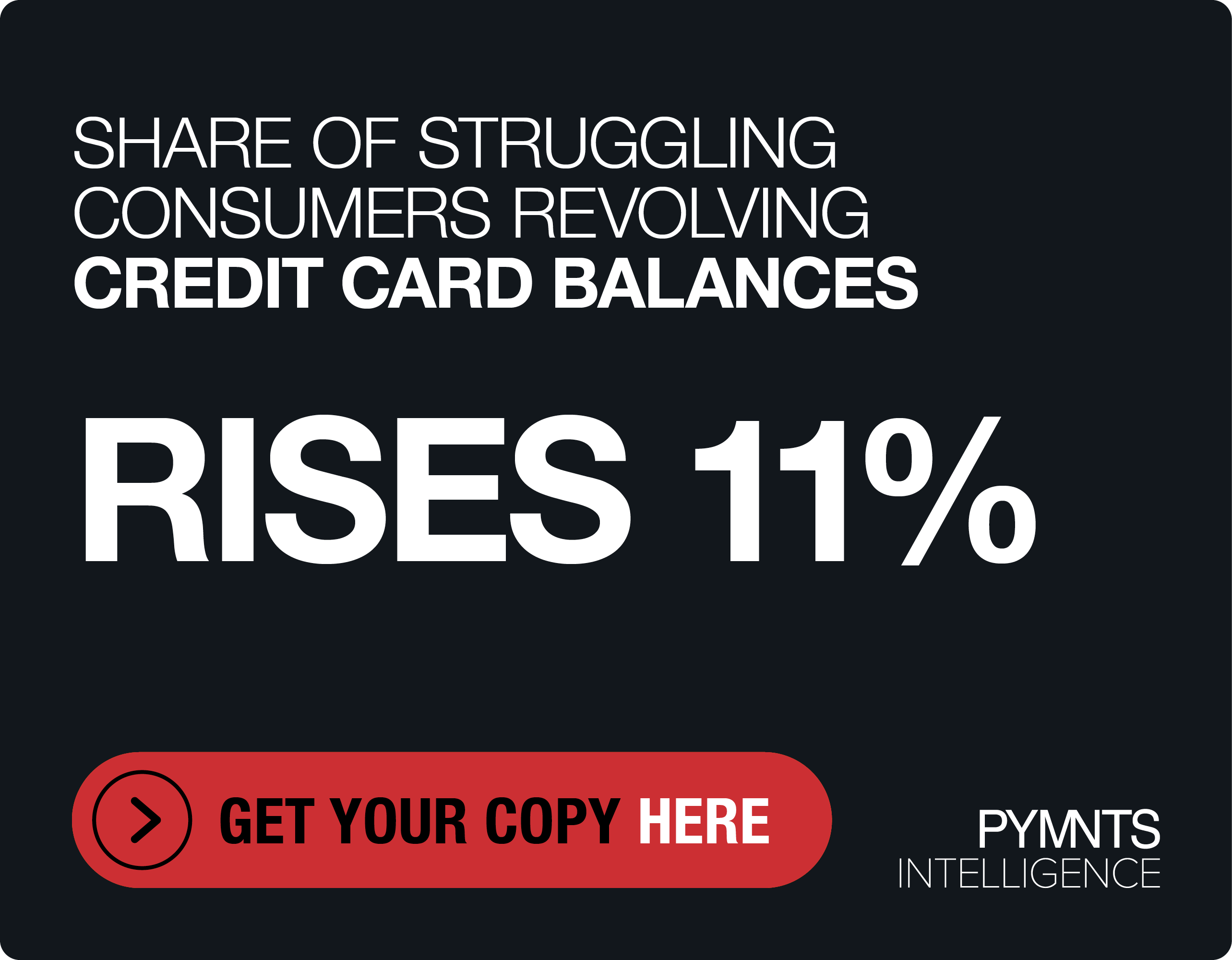Visa Builds Programmable Finance Pilot for Brazilian Farmers Using CBDC

The way money moves is increasingly digital — and soon, it may even be programmable.
It’s one of the proof points coming out of a recently-concluded Visa-led pilot prototyping of Brazil’s blockchain-based Central Bank Digital Currency (CBDC), the Real Digital, which might enable innovative programmatic cross-border payments for farmers as part of the Brazilian central bank’s LIFT Challenge.
Catherine Gu, head of CBDC and protocols at Visa, told PYMNTS CEO Karen Webster that her team is focused on better understanding how blockchain-based programmable finance products could one day solve existing market pain points across real-world use cases. Gu said that CBDCs are an area where Visa’s paying a lot of attention and trying to demonstrate what’s possible.
She noted that Visa hopes to integrate key takeaways from the pilot across other initiatives, with plans to leverage much of the tech and assets during the pilot to serve for other use cases.
Helping farmers get the best prices
The Central Bank’s interest in identifying valid use cases for blockchain payments using CBDC was a great opportunity to apply new technology to a problem faced by farmers operating in challenging inflationary times, Gu emphasized.
“One of the important [Central Bank] outcomes was to answer the question, “why do [businesses] need a CBDC in the first place,” Gu explained, adding that answering that question required bringing to market a product that solves a real problem, at scale.
Visa’s goal as part of the LIFT Challenge was to give small and medium-sized farmers greater access to global capital markets and a more transparent way for potential buyers to discover and buy crops using a sophisticated auction mechanism.
Today, Brazilian farmers face several pressing problems that programmable finance could one day help solve. Chief among them — as with many SMBs — is access to financing due to the sector’s rigid market structure, where only a few global conglomerates, Gu explained, are “happy to give [farmers] that loan.”
“Using the blockchain, small farmers have better access to capital and liquidity in general while providing global investors with [previously unavailable] access to something very local, like a soybean farmer,” Gu said.
Gu added that new thinking about using tokenized assets on the blockchain can create a two-sided market that can align demand and supply to offer farmers the most efficient way to get the best prices for their crops, with real-time settlement back to their bank accounts in the currency of their choice.
She explains that while Brazilian farmers may want to receive their money in Real Digital (the Brazilian CBDC) or fiat currency, investors might want to bid on contracts using USDC or another token, meaning that payment versus payment and rate swaps needed to be baked into the contracts before being tokenized as an on-chain NFT (non-fungible token) smart contract.
She highlighted that interoperability was crucial to creating the two-sided market at the heart of the pilot’s “long chain tokenization” process.
“From [Visa’s] vantage point, this was about trying to learn that entire process — working with partners to understand what kind of physical contract you need for a particular market, the regulations required to bring something from off-chain to on-chain, and then seeing how that might be driven by other private initiatives,” Gu said.
Creating interoperability between fiat and CBDC currencies, she said, was also an important operational requirement.
“Local SMBs are asking for different things, from discount rates to currencies — and from their perspective, the key is to make it accessible and easy. The important thing is keeping the complexity to the back end [and not letting it bleed into] the front end,” Gu said.
Can CBDCs move from nice-to-have to need-to-have?
Gu said that the pilot process was rich with insights into the technical and business complexities of creating an entirely new way of doing business, managing contracts, and making payments using an entirely new currency — and igniting a brand-new marketplace sitting on top of it all.
Although much progress has been made in creating the working prototype, more work needs to be done to eliminate the frictions associated with payment in one currency and settlement in another, tokenizing assets and automating smart contracts across a long chain, and pressure testing the on-chain auction mechanism at scale — while giving participants the right incentives to participate.
She said that understanding the reasons why institutions or private sector organizations would want to bring their assets or cash onto the blockchain via tokenization capabilities simultaneously requires an understanding of what can be done once the assets are tokenized, as well as the ability to then do that.
Visa, she added, is trying to learn from the pilot how CBDCs can complement the current payments ecosystem, including Central Bank Real Time Payments systems and beyond, by looking at programmable finance.
Programmable finance represents an exciting future, and finding the use cases that can scale is all part of the process. Finding solutions that solve for all of this makes the opportunity all the more interesting and all the more important.
Still, “I think this is at least five-plus years away from where we are today,” Gu said.

